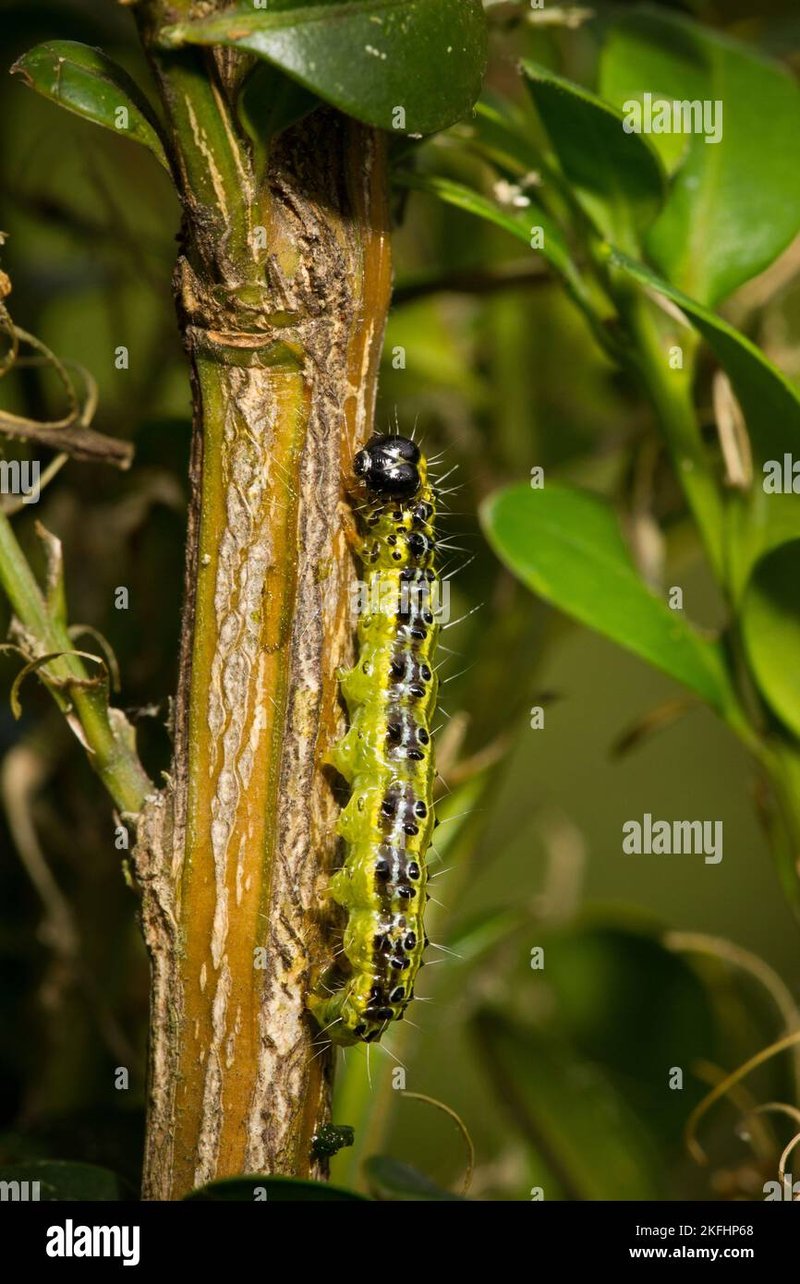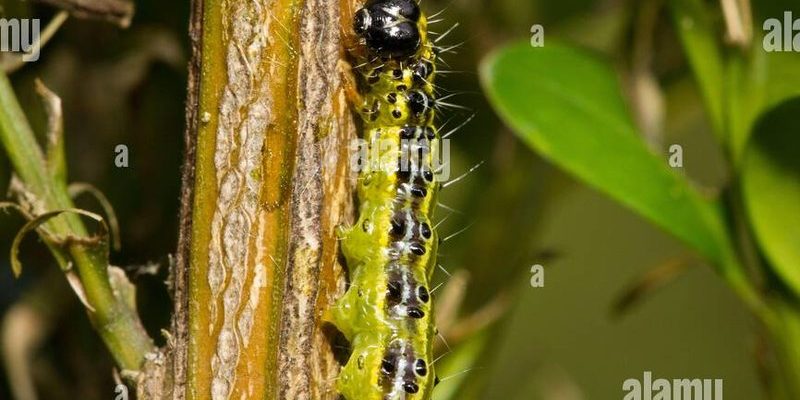
Just like any good gardener, you want your trees to thrive. It’s not just about keeping them safe from inchworms; it’s about ensuring they grow strong and healthy. So, let’s dive into some practical strategies that can help you guard your trees against these leaf-munching invaders.
Understanding Inchworms: The Basics
Before we get into the ways to protect your trees, it’s helpful to understand what inchworms are. These caterpillars belong to the Geometridae family and are known for their unique movement. Instead of walking, they “inch” along the ground or branches, making them easy to spot—if you know what to look for.
Inchworms typically feed on leaves, and that’s where the trouble starts. They can strip a tree bare in just a few weeks. Common types include the Eastern Tiger Moth and the Fall Cankerworm. If you notice leaves with holes or even a complete lack of foliage, inchworms might be the culprits.
Natural Predators: Encouraging Beneficial Insects
One of the best ways to protect your trees from inchworm damage is to invite their natural predators to your yard. Birds, wasps, and other insects love feasting on these little pests.
You can encourage these helpful creatures by planting native flowers and shrubs that attract them. Consider adding plants like marigolds, daisies, or lavender. Not only do they look lovely, but they also draw in birds and beneficial insects that will help control the inchworm population.
If you have bird feeders or birdhouses, even better! A well-fed bird is a natural pest control expert. Having a diverse garden can create a balanced ecosystem where the bad pests are kept in check.
Handpicking: The Old-Fashioned Approach
Sometimes, the simplest solutions are the most effective. Handpicking inchworms off your trees may feel a bit labor-intensive, but it can be very rewarding. If you’re out in your garden enjoying the fresh air, keep an eye out for these little guys.
To make the process smoother, you can wear gloves and use a bucket of soapy water to dispose of the inchworms. Here’s how it works:
- Check regularly: Inspect the leaves for any signs of inchworm activity, especially in the spring.
- Look closely: They can blend in with the leaves, so take your time.
- Dispose properly: Drop them into your soapy water container; they’ll be gone in no time.
This method is effective, especially if you have a small number of trees or a few localized infestations.
Organic Sprays: Homemade Remedies
If handpicking doesn’t sound appealing to you, consider making an organic spray. You can create a mixture using water, dish soap, and a few drops of vegetable oil. Here’s a simple recipe:
- 1 quart of water
- 1 tablespoon of dish soap
- 1 tablespoon of vegetable oil
Mix these ingredients in a spray bottle and apply it directly to the affected areas of your trees. The soap will suffocate the inchworms while the oil prevents them from moving around. Remember to apply it during early morning or late evening to avoid harming beneficial insects.
Creating a Healthy Environment: Soil and Watering
Healthy trees are less susceptible to pests like inchworms. One way to bolster your trees’ defenses is by ensuring they have access to proper nutrients and water. Start with good soil. If the soil quality is poor, consider adding organic matter like compost. Healthy soil can lead to stronger tree growth, making it more resilient to pest damage.
In terms of watering, it’s also important to avoid over-watering. Saturated soil can lead to root rot, weakening the tree. Instead, aim for deep, infrequent watering. This method encourages strong root growth and overall health, giving your trees the best chance against unfortunate visitors like inchworms.
Companion Planting: Nature’s Duos
Another interesting method is companion planting, which is all about growing beneficial plants together. This technique can confuse pests and even attract insect predators. Some great companions for trees include:
- Basil: It’s not just for your pasta! Basil can deter pests and attract pollinators.
- Garlic: The smell might not be pleasant to us, but it repels many pests, including inchworms.
- Marigolds: They not only beautify your garden but also drive away harmful insects.
When you plant these alongside your trees, it makes it harder for inchworms and other pests to thrive.
Regular Maintenance: Pruning and Monitoring
Lastly, regular maintenance is essential for keeping your trees healthy and inchworm-free. This includes **pruning** dead or infested branches. If you notice any areas that look like they’ve been stripped of leaves, it’s best to remove them promptly.
You should also monitor your trees regularly. A quick inspection every couple of weeks can catch any signs of inchworm infestations before they get out of hand. The sooner you spot trouble, the easier it will be to control it.
Keeping an Eye on Signs of Damage
Keep an eye out for:
- Leaves with holes, as though they’ve been nibbled.
- Silken webs or droppings on leaves, indicating a problem.
- Missing leaves entirely, which can mean a serious infestation.
If you notice any of these signs, you’ll be better prepared to take action.
Protecting your trees from inchworm damage doesn’t have to be a daunting task. With a mix of inviting helpful insects, handpicking, natural remedies, and regular maintenance, you can create a thriving environment for your trees while keeping those pesky inchworms at bay.
It’s all about being proactive and attentive. When you nurture your trees, they’re far better equipped to fend off invaders like inchworms, allowing you to enjoy their beauty and shade for years to come. Remember, a happy tree is a protected tree! So, roll up your sleeves, get to work in your garden, and watch your trees flourish.

